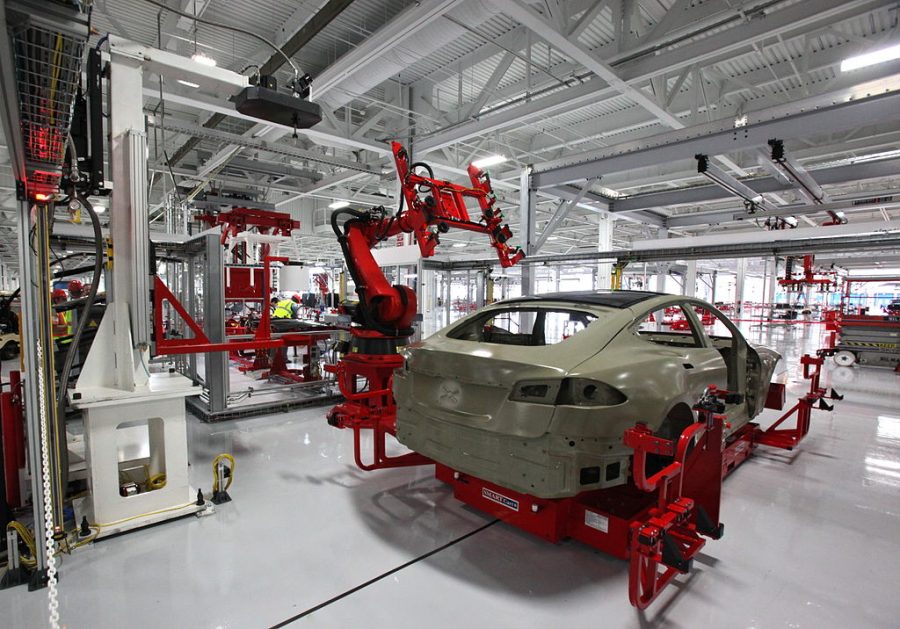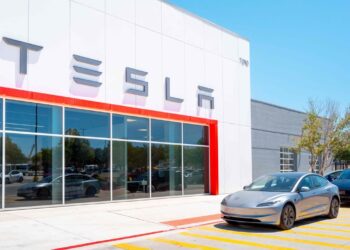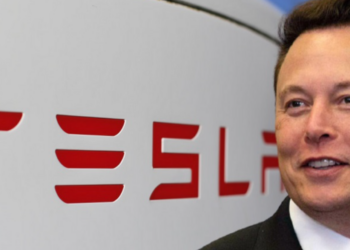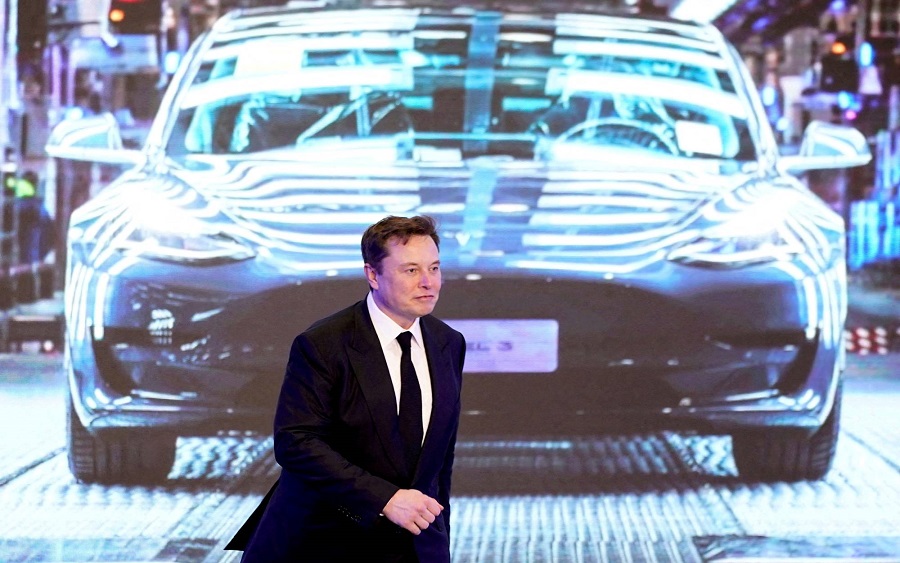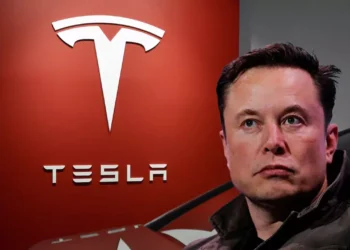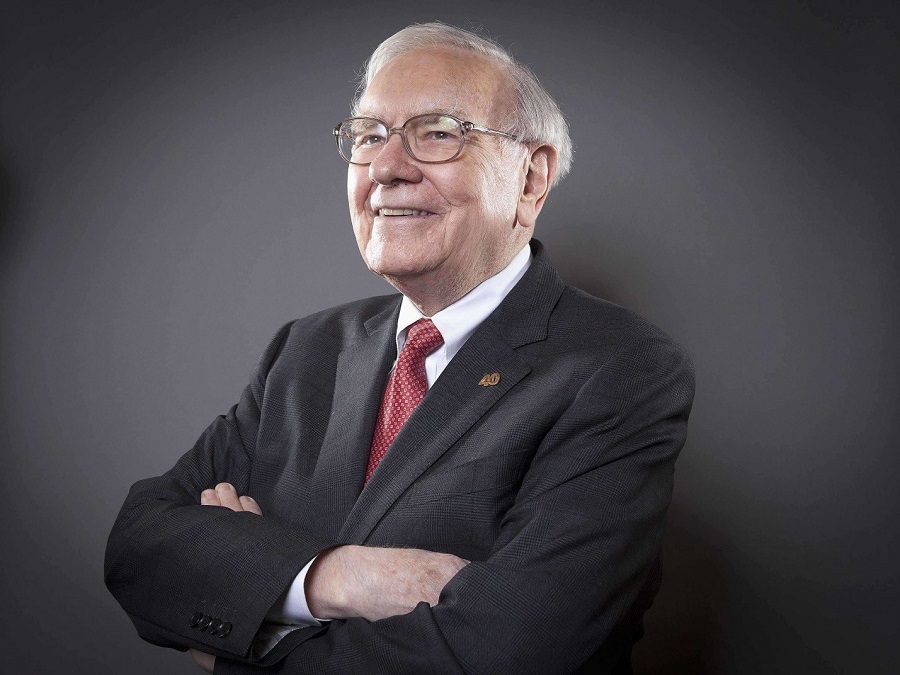Investors weighed the prospects for economic recovery and continued Federal Reserve support amid the threat of inflation as stocks closed slightly lower, snaping the two-day winning streak on Wednesday. Tesla stock was the best S&P 500 performer on Wednesday and shares rose about 1% in extended trading.
The Dow Jones Industrial Average dropped 71.34 points to 33,874.24, or 0.2 percent. With a 0.1% at 14,271.73, the Nasdaq Composite was the relative outperformer, edging over another new closing high. The S&P 500 utility sector led the drops, falling 1.1 percent on Wednesday, while consumer staples and materials also fell little.
Throughout the day, the S&P 500 fluctuated between gains and losses, with companies linked to a broader economic reopening outperforming, such as retail and financial stocks. Even though the Nasdaq Composite only rose 0.1 percent, a rally in Tesla Inc. pushed the index to a new high.
Technical analysis shows that Tesla stock jumped 5.3% to 656.57, reclaiming its 50-day line for the first time since early May. Shares had been finding support around a slowly rising 200-day line. TSLA also hit or edged past a downward-sloping trend line. Volume was slightly above normal, the first time that’s happened in a month. For the first time since April, Tesla is displaying an aggressive entry. There are still reasons to be careful.
Some well-known technological companies backed the broader market. Netflix’s stock increased by about 0.8 percent. Facebook’s stock increased by about 0.5 percent.
Despite Wednesday’s drop, the S&P 500 has gained 1.8 percent this week, recovering from a sell-off prompted by the Federal Reserve’s surprise policy move last week. The central bank forecasted substantially higher inflation this year than previously, as well as two rate hikes by 2023.
On Tuesday, Fed Chairman Jerome Powell testified before a special House committee, appearing to boost mood by reiterating that inflationary pressures are only temporary.
Powell cited rising consumer demand for airline tickets, hotel prices, and timber, as well as a general increase in consumer demand, for boosting an economy that faced significant government limitations in the early days of the pandemic a year ago. Those issues should “resolve themselves” in the next months, he said.
“They don’t speak to a broadly tight economy and to the kinds of things that have led to higher inflation over time,” he told the House Select Subcommittee on the Coronavirus Crisis.

